The Baixa (which means “downtown” in Portuguese) is the historic center of Lisbon,
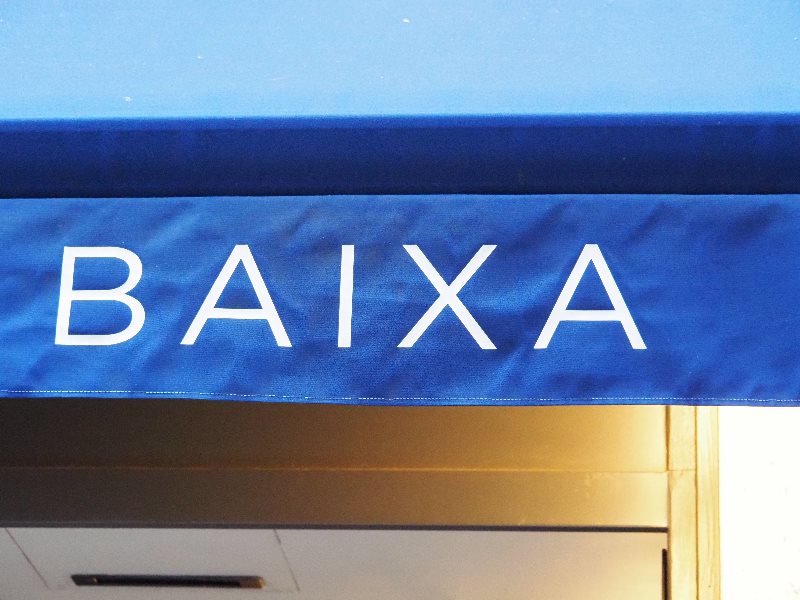 The Baixa (which means “downtown” in Portuguese) is the historic center of Lisbon, the capital city of Portugal. It is a neighborhood located in the heart of the city, stretching from the Tagus River to the Avenida da Liberdade, and is known for its grand squares, pedestrian streets, traditional shops, and iconic landmarks.
The Baixa (which means “downtown” in Portuguese) is the historic center of Lisbon, the capital city of Portugal. It is a neighborhood located in the heart of the city, stretching from the Tagus River to the Avenida da Liberdade, and is known for its grand squares, pedestrian streets, traditional shops, and iconic landmarks.
The Baixa was rebuilt after the devastating earthquake of 1755, which destroyed much of the city. The reconstruction was led by the Marquis of Pombal, who designed the neighborhood in a grid-like pattern with wide streets and uniform architecture, influenced by the Enlightenment ideals of order and rationality. The buildings in the Baixa are typically six or seven stories tall, with elegant facades adorned with colorful tiles, wrought-iron balconies, and intricate stonework.
Some of the notable landmarks in the Baixa include the Rossio Square, the Praça do Comércio (also known as Terreiro do Paço), and the Elevador de Santa Justa, a wrought-iron elevator that offers panoramic views of the city. The Baixa is also home to many cafes, restaurants, and shops, making it a popular destination for tourists and locals alike.
The Praça do Comércio, also known as the Commercial Square
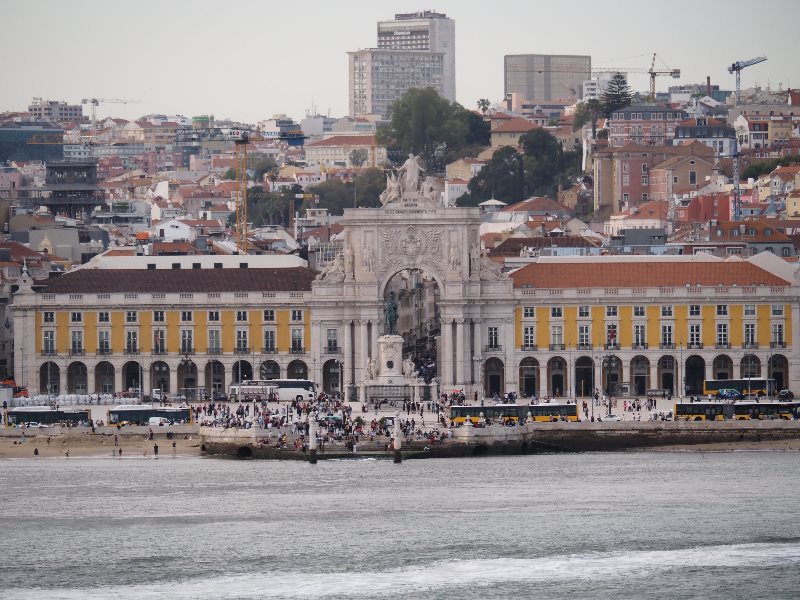 The Praça do Comércio, also known as the Commercial Square,
The Praça do Comércio, also known as the Commercial Square,
with the Arco da Rua Augusta. behind this arch is the old city – the Baixa
Ashley Davidoff TheCommonVein.net
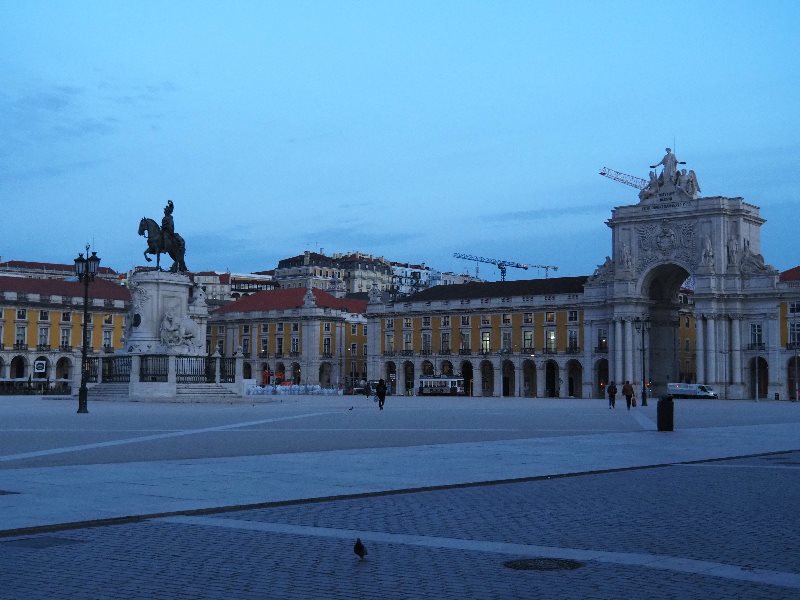
Ashley Davidoff TheCommonVein.net
Traditional Portuguese cuisine
Popular meeting place for intellectuals and artists, including the Portuguese writer Fernando Pessoa
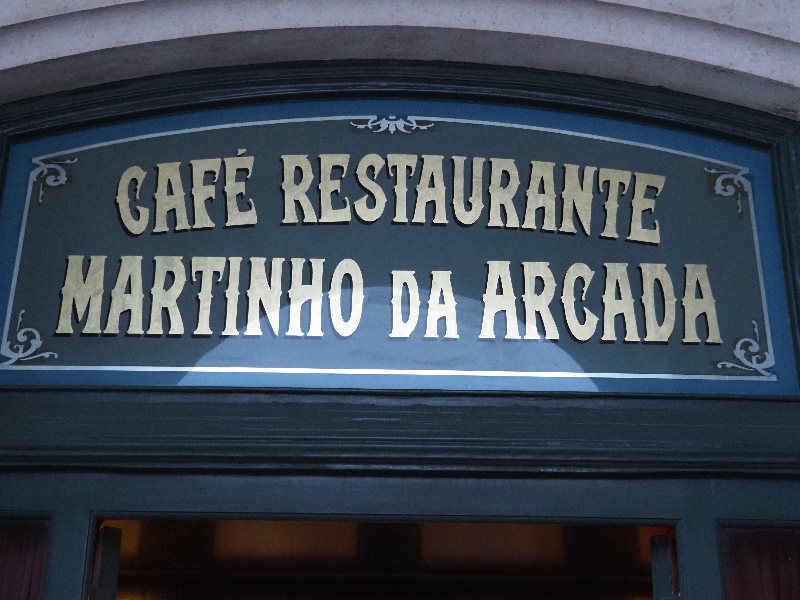
The café was opened in 1782 under the name “Casa da Neve” (House of Snow), which referred to the ice that was stored in the basement and used to cool drinks and food. In the early 19th century, it was renamed “Martinho da Arcada” after its owner, Martinho Bartolomeu da Costa.
Over the years, the café has been a popular meeting place for intellectuals and artists, including the Portuguese writer Fernando Pessoa, who frequented the café and wrote some of his most famous works there. The café has also been mentioned in literature, including in the novel “The Maias” by Eça de Queirós.
The menu at Martinho da Arcada features traditional Portuguese dishes, such as codfish, seafood, and grilled meats, as well as a variety of pastries and desserts. The interior of the café is decorated with antique furniture and artwork, creating a charming and historic atmosphere.
Overall, Cafe Restaurante Martinho da Arcada is a must-visit destination for anyone interested in the history, culture, and cuisine of Lisbon.
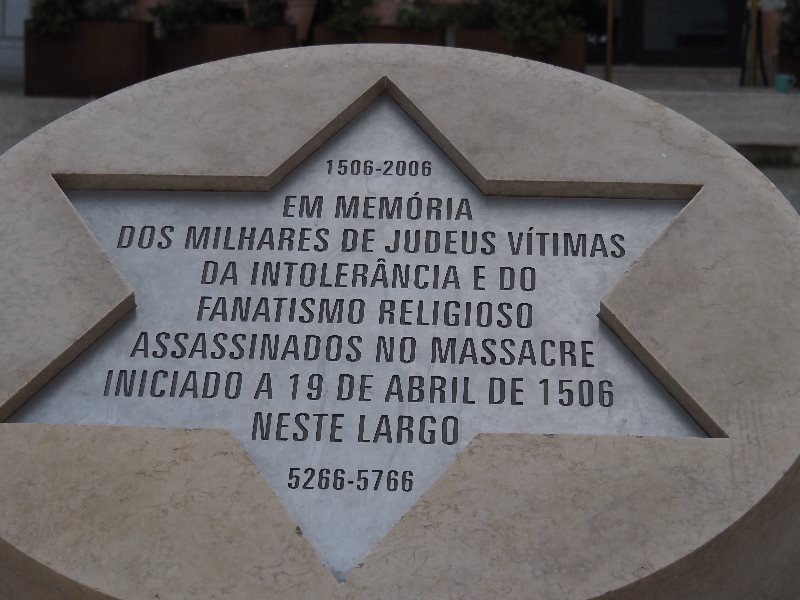 Monument To The Lisbon Massacre Of Jewish Citizens In 1506 Known As The Lisbon Pogrom
Monument To The Lisbon Massacre Of Jewish Citizens In 1506 Known As The Lisbon Pogrom
The location of the monument is significant, as it is situated outside the Sao Domingos Church, which was the site of the 1506 Easter Slaughter. The monument serves as a reminder of the tragic event and as a tribute to the victims.
The Jewish community of Portugal presented the simple memorial, a perfectly round travertine stone cut in half, on April 19, 2006. On the flat surface, there is a bronze Star of David monument, its plaque reading: In memory of the thousands of Jews who were victimized by intolerance and religious fanaticism, killed in the massacre that started on April 19, 1506, on this square. The base has a verse from the Book of Job (16:18, King James Version) etched into it. “On earth, cover not thou my blood, and let my cry have no place.” Take time to reflect on this memorial about all the death and destruction caused by intolerance. Also note that Commerce Square, or Praça do Comércio, a modern-day meeting place for locals and a great spot to bask in the sun along the riverfront, is also where thousands of Jews were forced to be baptized in the 15th century. Along the downtown streets of Lisbon, Baixa, Rossio, Chiado, and Bairro Alto, the amazing story of the Cristo-Novos, this Sephardic sub-group, survived over 400 years of persecution in secret.
Ashley Davidoff TheCommonVein.net
Gothic and Renaissance motifs
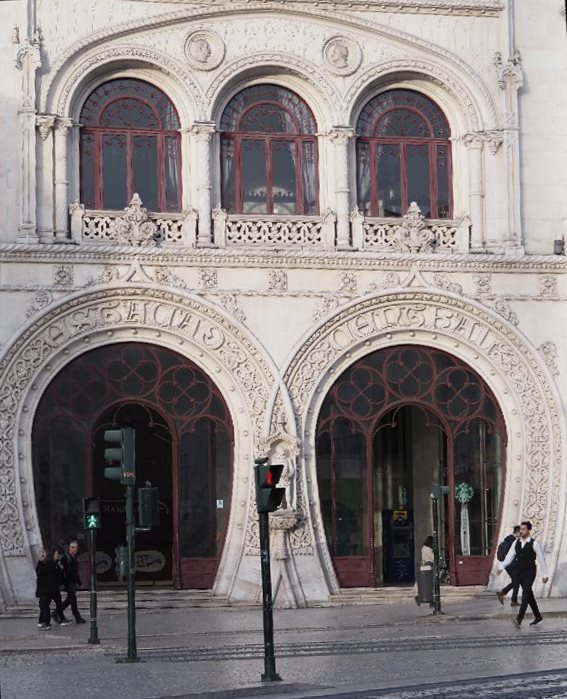
The Santa Justa Lift was reportedly designed by an apprentice of Gustave Eiffel. Actually, despite how widespread the story has become, there’s no record of Raoul Mesnier de Ponsard, the Portuguese engineer who designed the elevator, ever having worked with Eiffel.
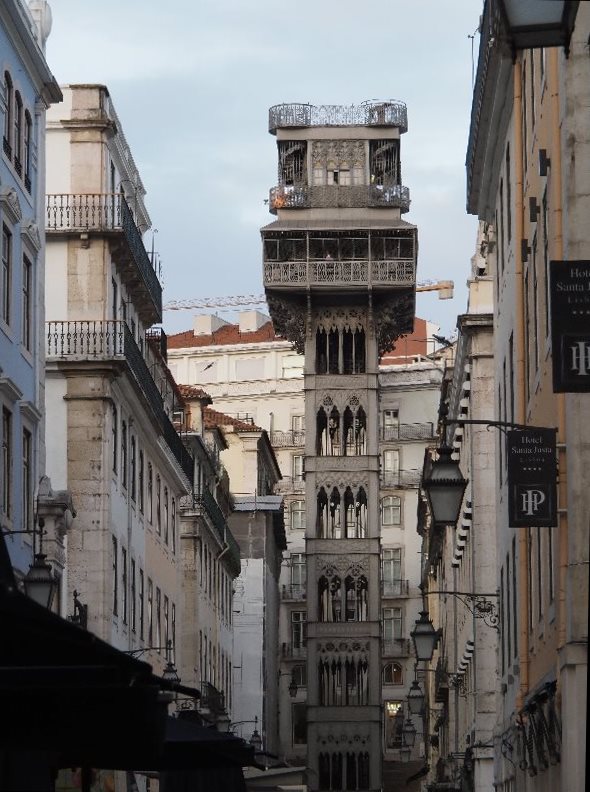
The Santa Justa Lift was reportedly designed by an apprentice of Gustave Eiffel. Actually, despite how widespread the story has become, there’s no record of Raoul Mesnier de Ponsard, the Portuguese engineer who designed the elevator, ever having worked with Eiffel.
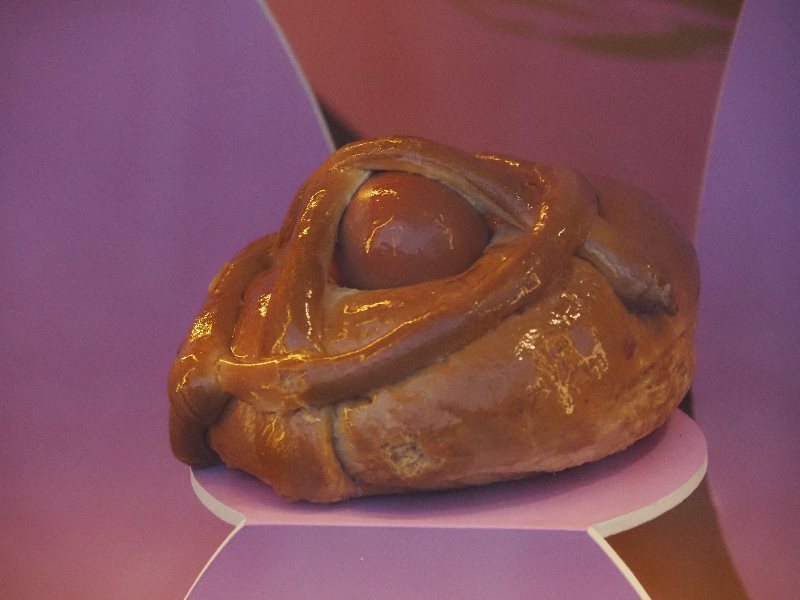
Lisbon
Ashley Davidoff TheCommonVein.net
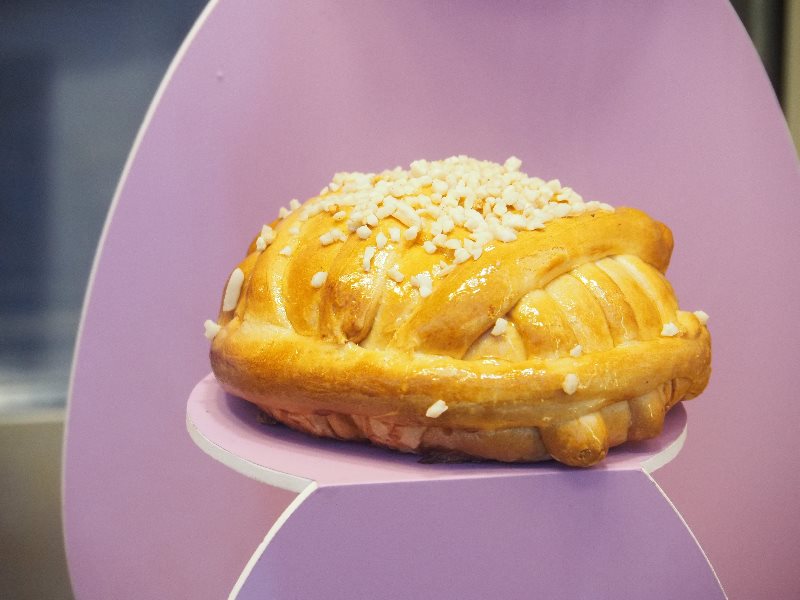
Ashley Davidoff TheCommonVein.net
Bairro Alto Neighbohood
Glória Funicular connects the Restauradores Square to the Bairro Alto neighborhood
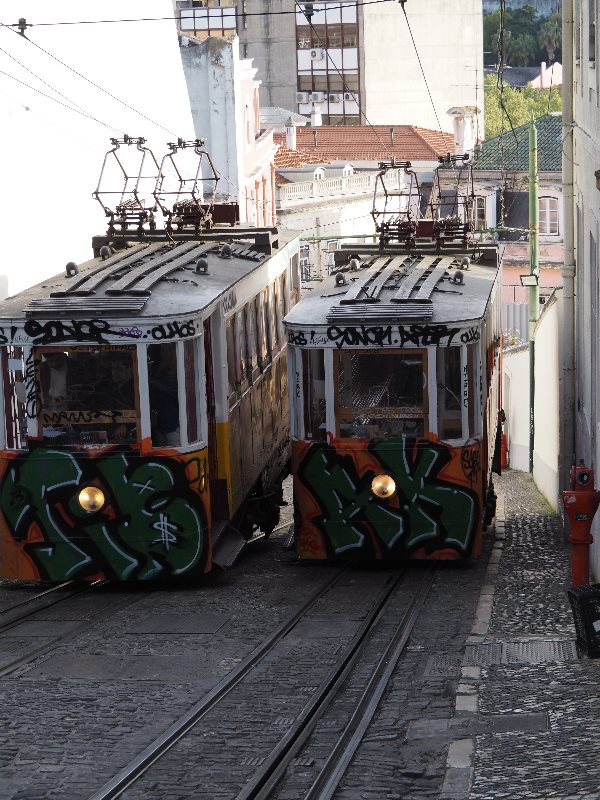
The area known as the top of the Glória Funicular destination in Lisbon is called the Bairro Alto neighborhood. Bairro Alto is a historic and bohemian neighborhood that is located on one of Lisbon’s seven hills. It is a popular destination for locals and tourists alike, known for its lively nightlife, trendy bars, restaurants, and shops.
During the day, Bairro Alto is a charming neighborhood with narrow cobblestone streets, colorful buildings, and historic architecture. As night falls, the neighborhood comes alive with the sound of live music and people enjoying drinks and food at the many bars and restaurants.
The view of the Castle of São Jorge from the top of the Glória Funicular in Lisbon is truly spectacular. As you ascend the hill on the funicular, you can see the castle perched atop the highest hill in Lisbon in the distance. Once you reach the top, the view becomes even more stunning, with the castle dominating the skyline.
In Lisbon, the castle is situated atop a hill known as the São Jorge Hill (or Saint George’s Hill). The castle itself is called the São Jorge Castle (or Castle of São Jorge) and offers panoramic views of the city and the Tagus River. It is one of the main tourist attractions in Lisbon and a symbol of the city’s rich history.
From the top of the Glória Funicular, you can see the entire city spread out below you, with its distinctive red rooftops and winding streets. The castle is surrounded by the historic Alfama neighborhood, which is one of the oldest and most picturesque districts in Lisbon.
Visitors can take a leisurely stroll down the hill from the Glória Funicular to explore the narrow streets of Alfama and get up close to the castle. Along the way, you can stop at various viewpoints to take in the stunning panoramic views of the city, including the Miradouro de São Pedro de Alcântara and the Miradouro da Graça.
View of the Castle of São Jorge in Lisbon from the top of the Glória Funicular
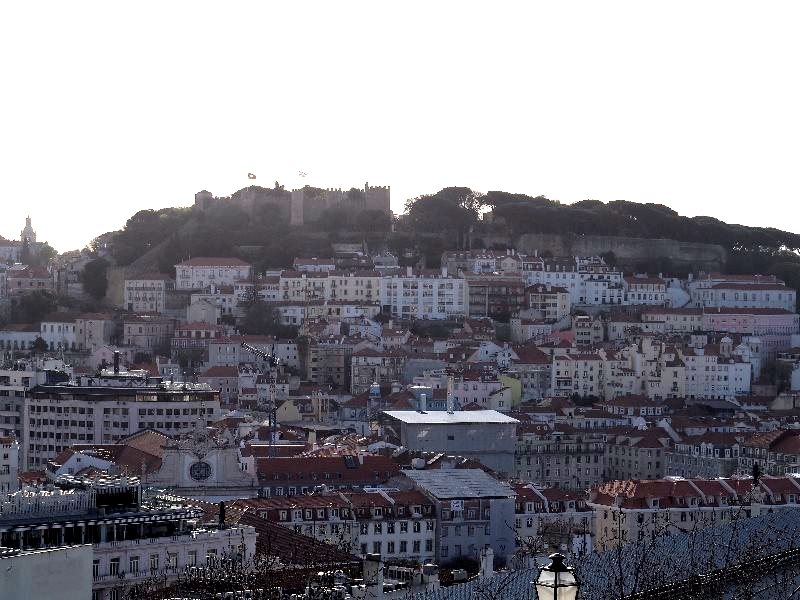
From the top of the Glória Funicular, you can see the entire city spread out below you, with its distinctive red rooftops and winding streets.
A Walk through the Bairro Alto – a historic and bohemian neighborhood that is located on one of Lisbon’s seven hills. The Bairro Alto neighborhood in Lisbon is located on the hill known as the Santo André Hill, also known as the Colina de Santo André in Portuguese. This hill is one of the seven hills upon which Lisbon is built and is located in the western part of the city, near the downtown area.
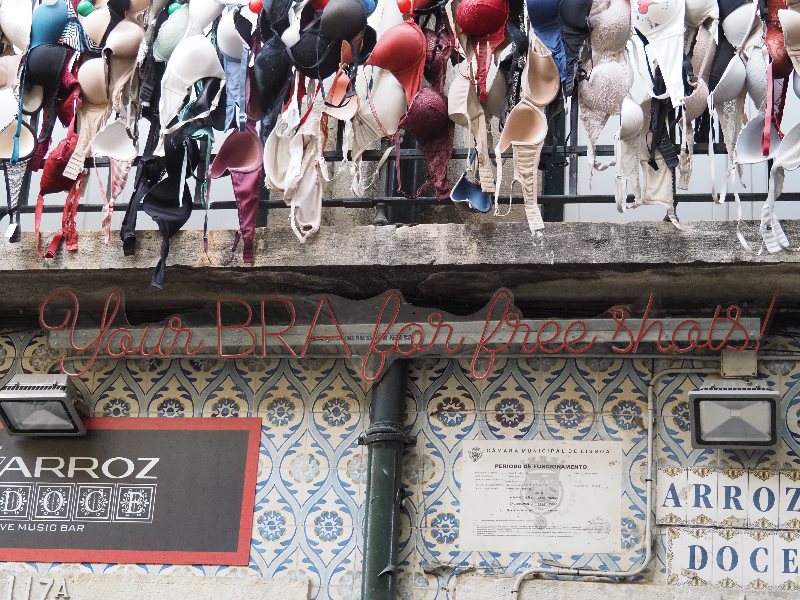 Your Bra for Free Shots
Your Bra for Free Shots
Art of the Street in Lisbon
Ashley Davidoff
TheCommonVein.net
Igreja do Carmo (Carmo Church), is located near the Santa Justa Lift in Lisbon, Portugal. The church was originally built in the 14th century and was one of the largest churches in Lisbon until it was destroyed in the Great Lisbon Earthquake of 1755.After the earthquake, the church was never fully rebuilt and remains in ruins to this day. The roof and interior of the church were destroyed, leaving only the outer walls and the impressive Gothic arches that form the church’s entrance. Despite its ruined state, the church is still a popular tourist attraction in Lisbon and is often used as a venue for cultural events and concerts.
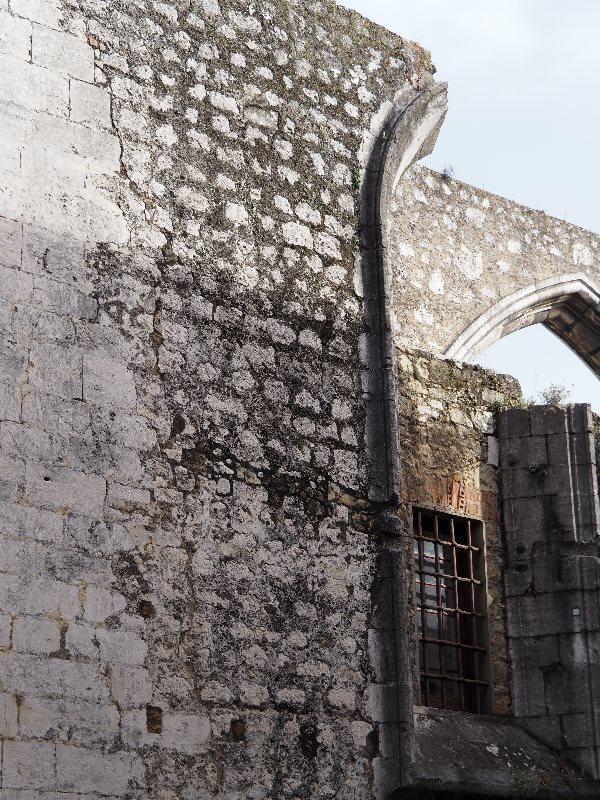
is located near the Santa Justa Lift in Lisbon, Portugal. The church was originally built in the 14th century and was one of the largest churches in Lisbon until it was destroyed in the Great Lisbon Earthquake of 1755.
After the earthquake, the church was never fully rebuilt and remains in ruins to this day. The roof and interior of the church were destroyed, leaving only the outer walls and the impressive Gothic arches that form the church’s entrance. Despite its ruined state, the church is still a popular tourist attraction in Lisbon and is often used as a venue for cultural events and concerts.
Santa Justa Lift
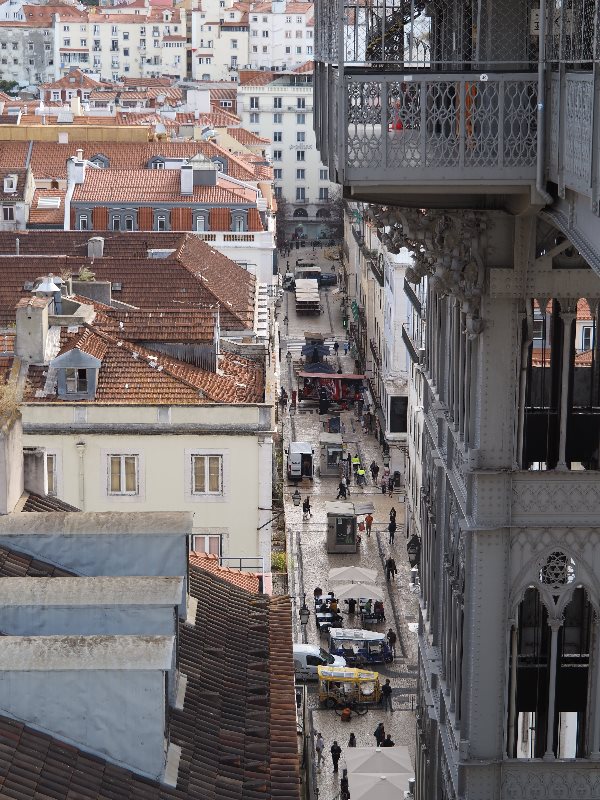
Ship with Ravens Symbolism
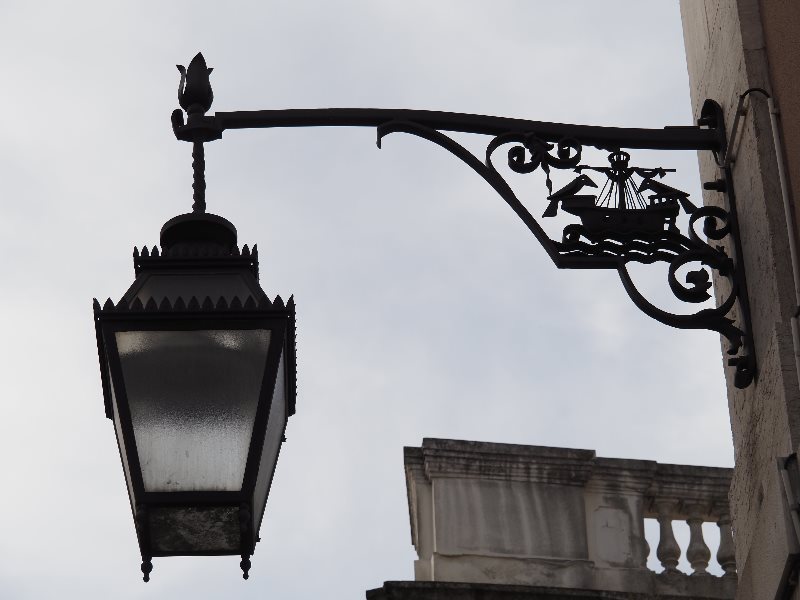 Ship with Ravens
Ship with Ravens
The ship with ravens represents the mythical birds of the god Odin from Norse mythology, which were believed to guide the Vikings during their sea journeys. The use of this symbol in Portuguese heraldry suggests a connection to the sea, maritime trade, and exploration.
The Ship with Ravens is often associated with the Age of Discovery, a period of great exploration and expansion in which Portuguese sailors played a significant role. The symbol can be seen on various monuments and buildings throughout Portugal,
Pastéis de Belém,” a type of Portuguese pastry originated at the Jerónimos Monastery
Pastéis de Belém,” a type of Portuguese pastry that is famously made at the Antiga Confeitaria de Belém, a pastry shop in the Belém neighborhood of Lisbon, Portugal.
